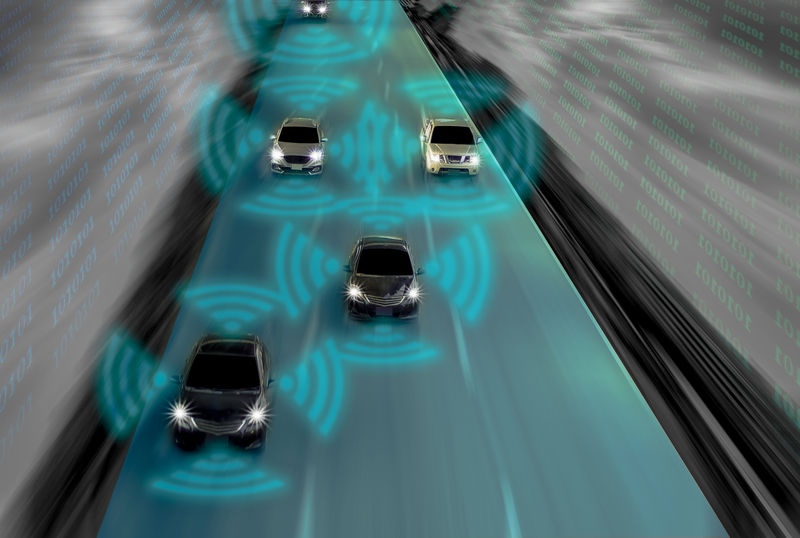
A cloud-based operating system (OS) for testing connected and autonomous vehicles (C/AV) has been licensed for use beyond the Mcity test facility at the University of Michigan.
The Mcity OS software has been licensed by the University of Michigan's Office of Technology Transfer to the American Center for Mobility (ACM) in Ypsilanti, Michigan.
ACM collaborated with Mcity to integrate it into simulated and physical test infrastructure at its 500-acre smart mobility test centre about 15 miles east of the city of Ann Arbor.
A statement issued by the University of Michigan News office says Mcity OS allows users to accelerate C/AV testing, reduce testing costs and speed up overall product development.
The software is controlled using internet-enabled devices such as a smartphone, tablet/laptop or in-vehicle computer system through Mcity's Skyline app.
The university says that when Mcity OS is licensed for use at other testing sites, scenarios created at one location can be replicated at another, saving time and increasing the reliability of testing results.
Greg McGuire, Mcity associate director, says: “Vehicles of the future are magnitudes more capable and complex in their behaviours than vehicles today. Test facilities have to advance along with them in terms of their own capabilities.”
McGuire and Mcity engineering lead Tyler Worman recognised the need for Mcity OS after realising that users at Mcity's test facility were not utilising infrastructure such as connected intersections, a railroad crossing and pedestrian crossings.
Worman says: “Testing engineers were controlling individual features at the test facility manually, perhaps by using a radio to instruct a colleague at a traffic signal to turn the light red. With Mcity OS, you can orchestrate that.”
According to the university, high-speed communication between users and the traffic infrastructure, robots and vehicles, as well as virtual infrastructure and vehicles, supports data collection to verify test results and compare results from live testing with results from simulated testing.
“ACM is an ecosystem where we constantly look to integrate the latest testing technologies like Mcity OS to support engineers as they prove out new use case scenarios,” explains ACM CEO Reuben Sarkar.
“Mcity OS is now a key part of our toolset, serving to improve our customers’ efficiency when using ACM’s comprehensive capabilities.”
Initially, Mcity created the system specifically for use at the facility, but found that a framework for AV test scenarios would support mobility research more broadly.
“We’ve changed technologies behind the scenes quite a bit but we’ve really tried to not change anything that users interact with,” Worman continues.
“If you wrote a testing or research data collection scenario two years ago during the early development phase of Mcity OS, it will still run today.”











